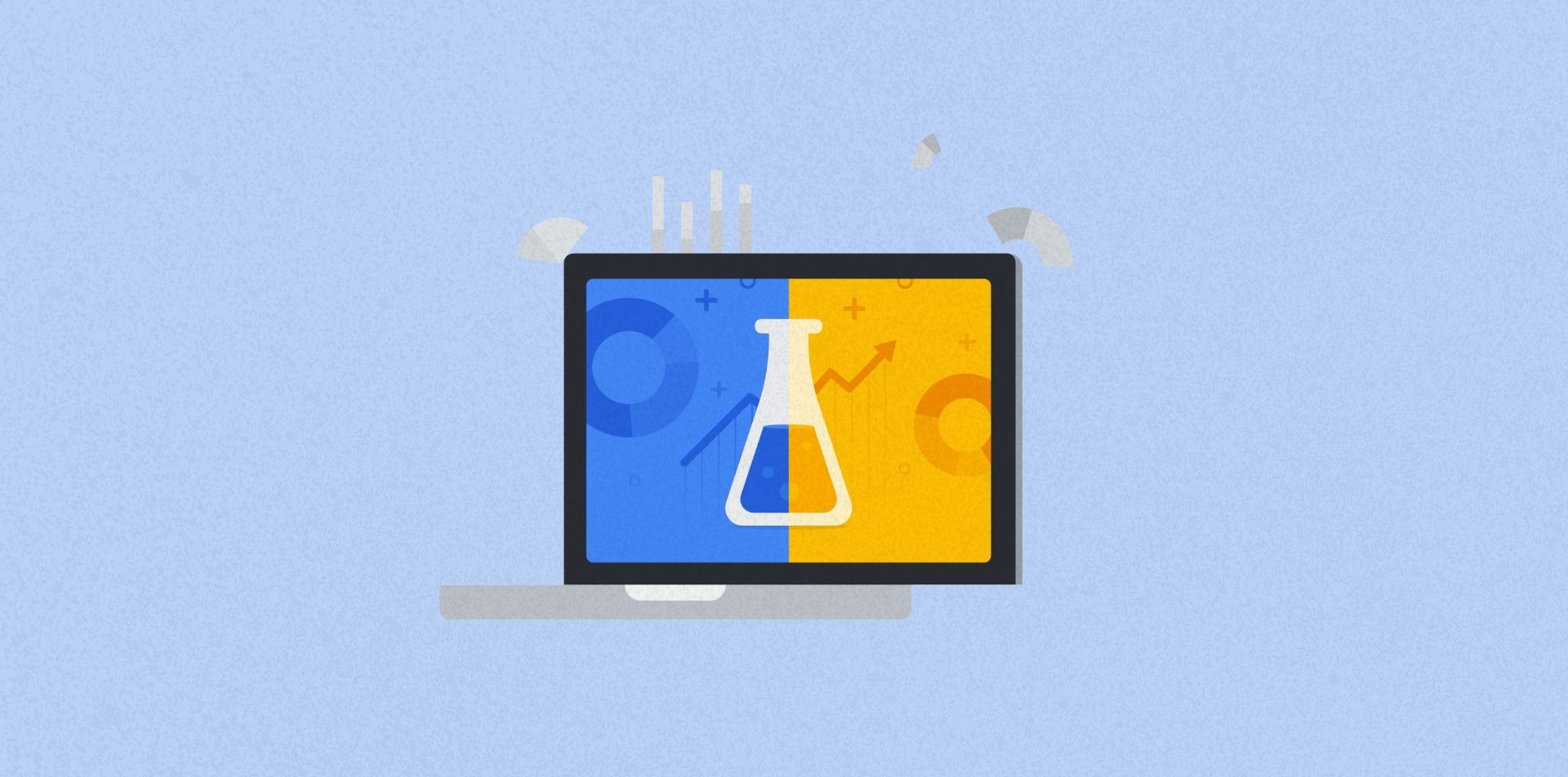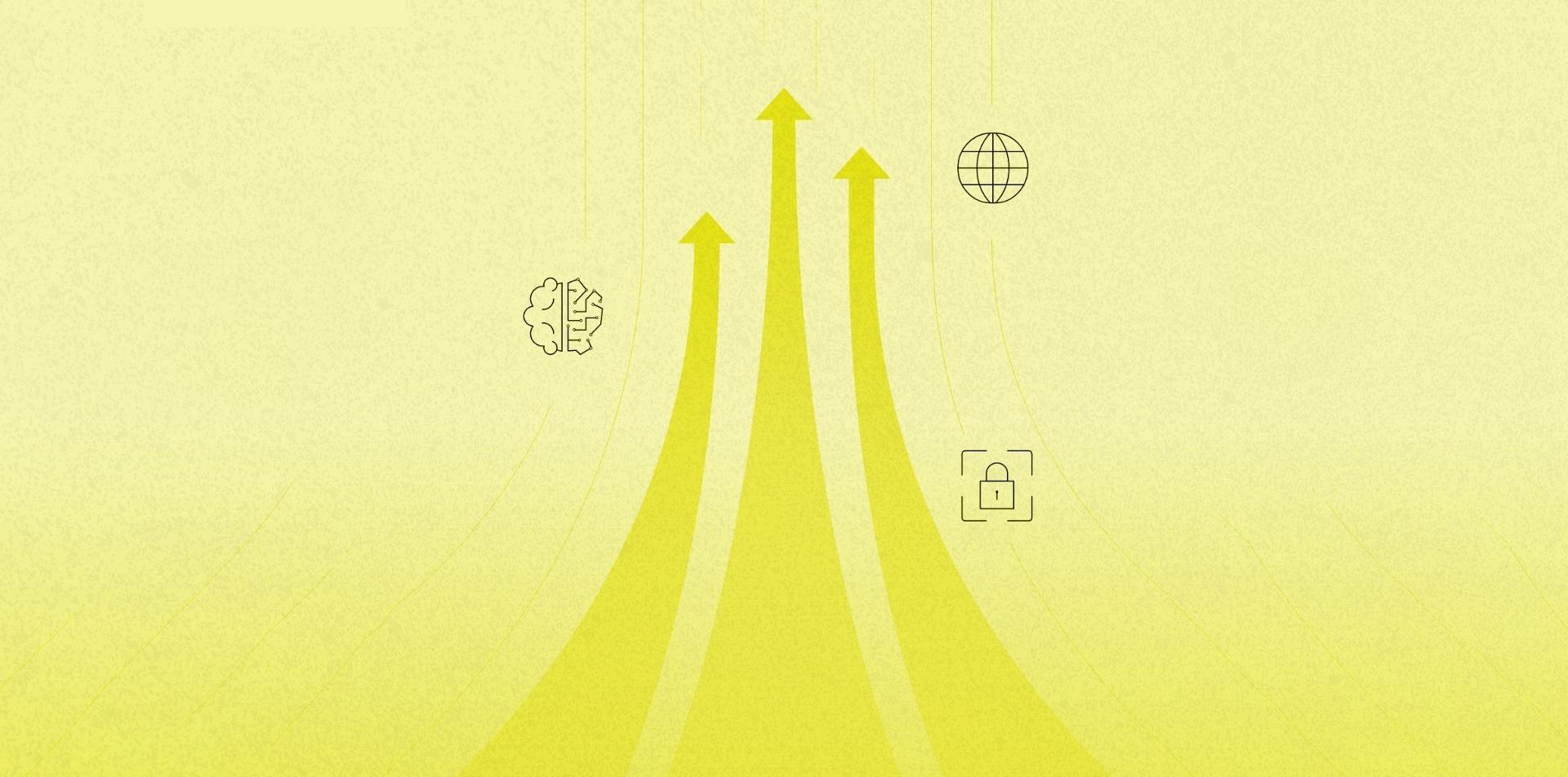Our experience working with DXI and Google Optimize, and why we recommend it
Testing and experimentation. The more data we capture, the more efficiently we can identify customers’ pain points and respond in a way that will put them first.
In today's age, we are in a shift to digital: more customers want to interact digitally, and more brands want to be at the front of the conversation. But to respond quickly and meaningfully—and with measurable results—we need tools that help us optimize our digital pages without it being time-consuming and expensive.
With the right set of tools, endless testing and experimentation become a seamless part of a brand’s digital experience strategy.
The right tools? Google Optimize and Digital Experience Intelligence. Linking these two tools makes it easy for brands to continually test and improve the results of their digital marketing campaigns.
But what are these tools, how do they work together, and how do we use them to get better results on a brand’s website?

Google Optimize - what is it and how it works
Google Optimize is an experience testing tool that provides data-driven insights to help brands deliver the best possible digital customer experience.
It is incredibly easy to use, and the results can help brands improve their website, app, or store conversion rates. Google Optimize measures, in greater depth, the impact of changes on user behavior, right in Google Analytics.
When using Google Optimize, brands can improve key metrics of their business by applying different experiment types. It enables them to run experiments and display the best results. Brands can create better landing pages, optimize customers' journeys and increase the number of conversions.
After evaluating the results of the experiments by the reports Google Optimize and Google Analytics create, brands can deploy the winning variant on their site permanently, to create an excellent Customer Experience (CX).
When paired with Digital Experience Intelligence, Google Optimize can help you identify not only which experiment converts best, but also how the user is interacting on each variant.

Digital Experience Intelligence - what we can attain with it
Digital Experience Intelligence (DXI) platforms are an emerging type of technology that offers brands a new frontier of digital analytics. It is focused on delivering in-depth, enriched analytics and insights around visitor experience, and a deep understanding of the behavioral cause-and-effect behind website performance.
By using the power of machine learning, it aggregates web visitor and mobile app user behavioral data across millions of digital touchpoints, connecting each critical event in the complex customer journey. It is made possible through real-time insight into customer interactions with a brand’s website and app, enabling each of these customers to remember that they are indeed humans.
Session Replay—a key feature of DXI—is the reproduction of a user’s interactions, on a website or app, exactly how the user actually experienced it. It transforms logged user events, such as mouse movements, clicks, page visits, scrolling, tapping, etc., into a reproduction of what the user actually did on the site or app, giving brands the complete picture.
With complete, retroactive data collected across digital touchpoints and processed in a privacy-first way, DXI provides total visibility and informs actionable insights across a user’s journey and the ways in which digital experience intelligence is made accessible—and useful.

How the two work together
DXI and Google Optimize complement and validate each other in pinpointing problem areas on websites and mobile properties. From there, DXI tools log, categorize and triage the actions taken by users.
If a brand’s team has a hypothesis that they want to test, we would use Google Optimize to divide their visitors between two versions of the page, the existing website design and the one rearranged based on their hypothesis. While Google Optimize would allow us to easily split the audience, the insights and data it would provide on the design wouldn’t be as robust.
To fill in the gaps, we would use Session Replay—a DXI solution—to create event funnels and record user sessions on both versions of the page. Our team could then segment the visitors on each version and create funnels to reveal how many people clicked through and ultimately converted.
This way we are able to replay the sessions of any user to discover why they were or were not advancing in the funnel.
By working together with both Google Optimize and DXI, our team is able to achieve clear results based on scalable behavioral reporting. The power of this duo becomes magnified as organizations become more comfortable sharing actionable insights across teams. Google Optimize and DXI enable digital marketing and customer experience teams to make smarter, more informed decisions by synthesizing data across channels and identifying trends.
As we look ahead to the future, it's clear that every savvy CX leader is using these two tools, not only to innovate in response to what they are learning but also to gain a competitive edge by turning awareness into action.